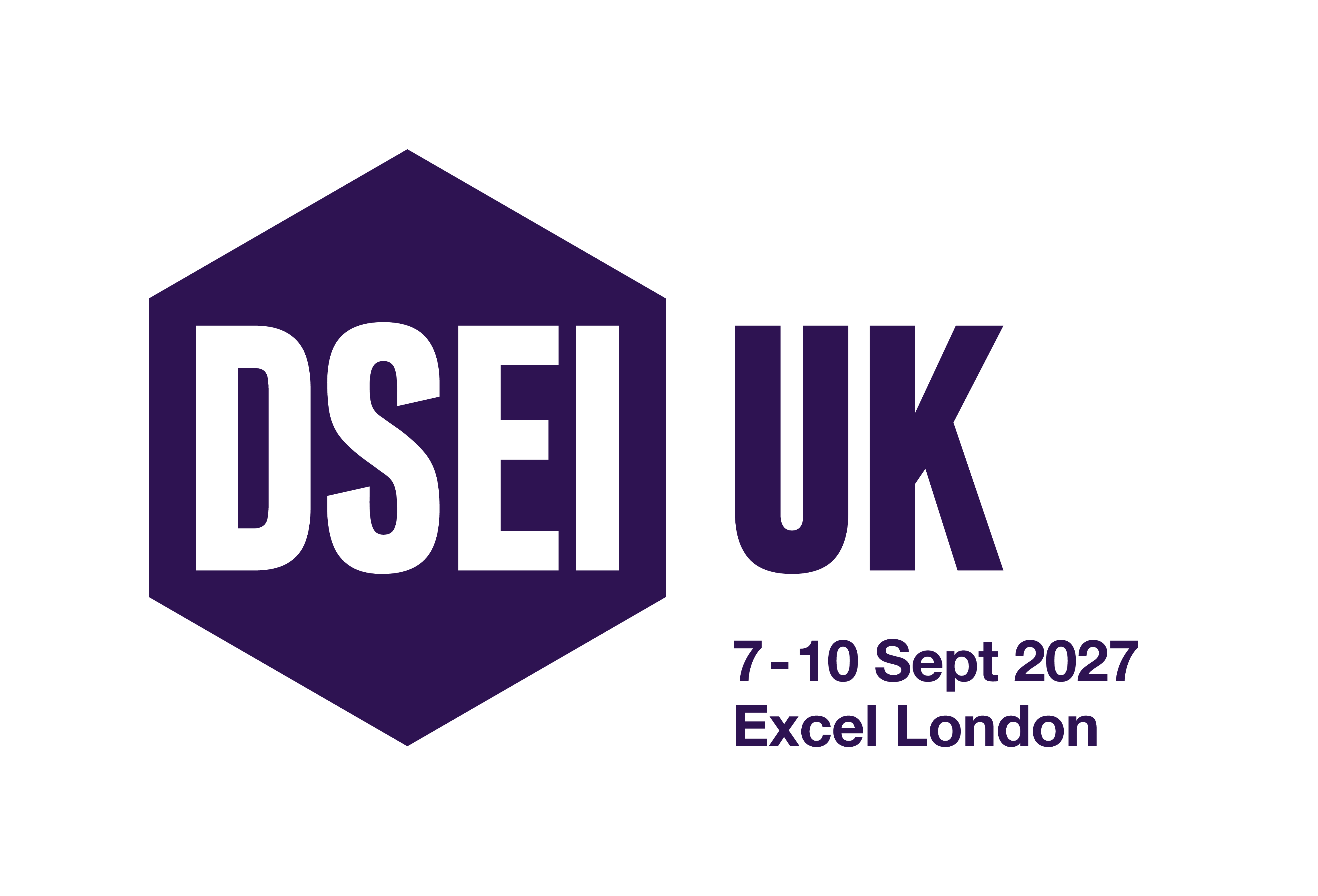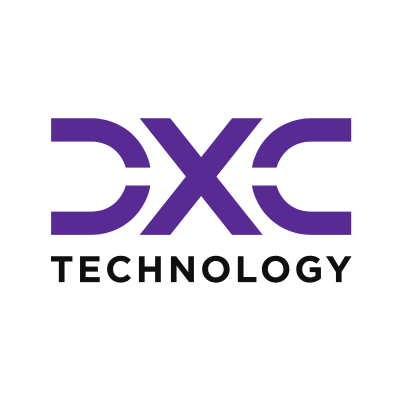Providing impartial insights and news on defence, focusing on actionable opportunities.
We're sorry, but we couldn't find any results that match your search criteria. Please try again with different keywords or filters.
Loading
-
The two countries will spearhead NATO adoption of uncrewed systems in the North Sea.
-
Medical support and rehabilitation are essential to sustain Ukraine’s ability to fight. DSEI Gateway speaks with key officials from NATO’s Operation Renovator to explore how it is supporting this need ...
-
Other procurements include cruise missiles for Germany’s F-35 fleet.
-
Successful solutions could support the UK’s future GBP1 billion Digital Targeting Web system.
-
The US aims to carry out production over two years and in four phases.
-
Individual grants worth a maximum of EUR150,000 will be available to develop and test air defence tech in the first phase.
-
- News
- Europe
- Investment
German parliament approves 2026 defence budget
The new budget allocations will mean Germany hits NATO spending targets ahead of schedule. -
- News
- Asia Pacific
- Procurement
Australia to reform defence procurement, hire National Armaments Director
The reforms follow a string of frustrating procurement overruns for the Australian Department of Defence. -
- Video
- Europe
- Investment
Budget Breakdown: The Autumn Budget for defence
Listen to this short informational brief on the Autumn Budget to discover its key implications for defence. -
As militaries turn to a new method of procurement through online defence marketplaces, DSEI Gateway takes a deep dive into the new, ‘Amazon-style’ platforms.
-
- News
- Europe
- Tech
NATO, Ukraine join forces to rapidly prototype innovative tech
The partnership follows the launch of the joint ‘BraveTech EU’ initiative in July. -
- News
- Europe
- Tech
US seeks submissions for DARPA ‘Heavy Lift’ drone challenge
Solutions must weigh less than 25kg and be capable of non-assisted vertical take-off and landing. -
- News
- Europe
- Investment
Sweden announces SEK3.5bn investment in air defence
Planned purchases include IRIS-T missile systems and launch pads, among other things. -
- News
- Europe
- Space
UK invests millions to advance SATCOM technology
The investment is part of a much larger financial contribution which the UK channels into the European Space Agency annually. -
- News
- Europe
- Procurement
Sweden outlines procurement priorities
The five areas include air and missile defence, long-range capabilities, robust logistics, situational awareness, and maritime capabilities.
248 Results

















